Evolution and diversification of the momilactone biosynthetic gene cluster in the genus Oryza
New Phytologist, Volume 245, Issue 6, Page 2681-2697, March 2025.
New Phytologist, Volume 245, Issue 6, Page 2681-2697, March 2025.
New Phytologist, Volume 245, Issue 6, Page 2467-2479, March 2025.
New Phytologist, Volume 245, Issue 6, Page 2600-2615, March 2025.
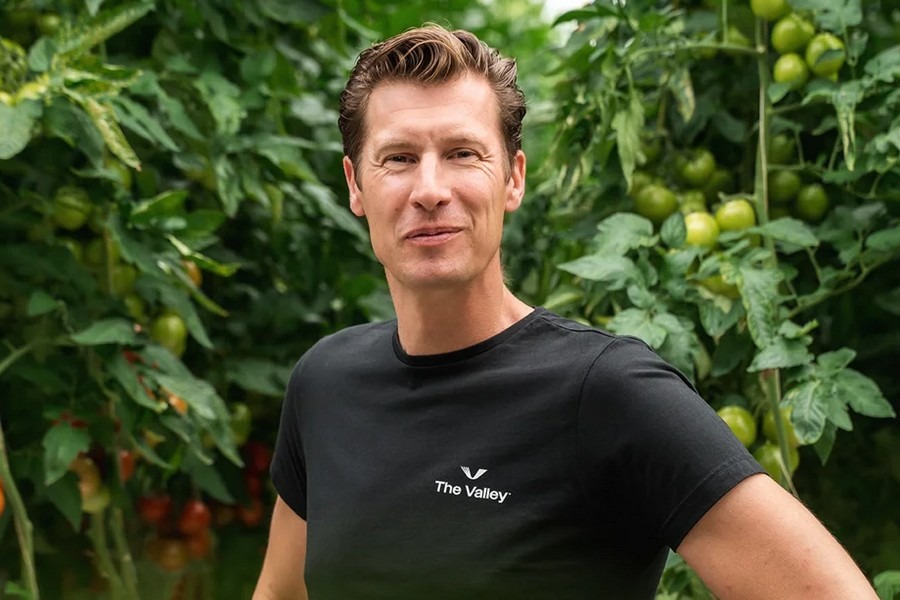
At tomato grower The Valley , they are testing a harvesting robot. Joost van der Voort talks about it in Elsevier, as the magazine fires eleven questions at the grower. Among other things, Joost explains how different the job of a tomato grower is nowadays, compared to Grandpa’s time. “We say we work…
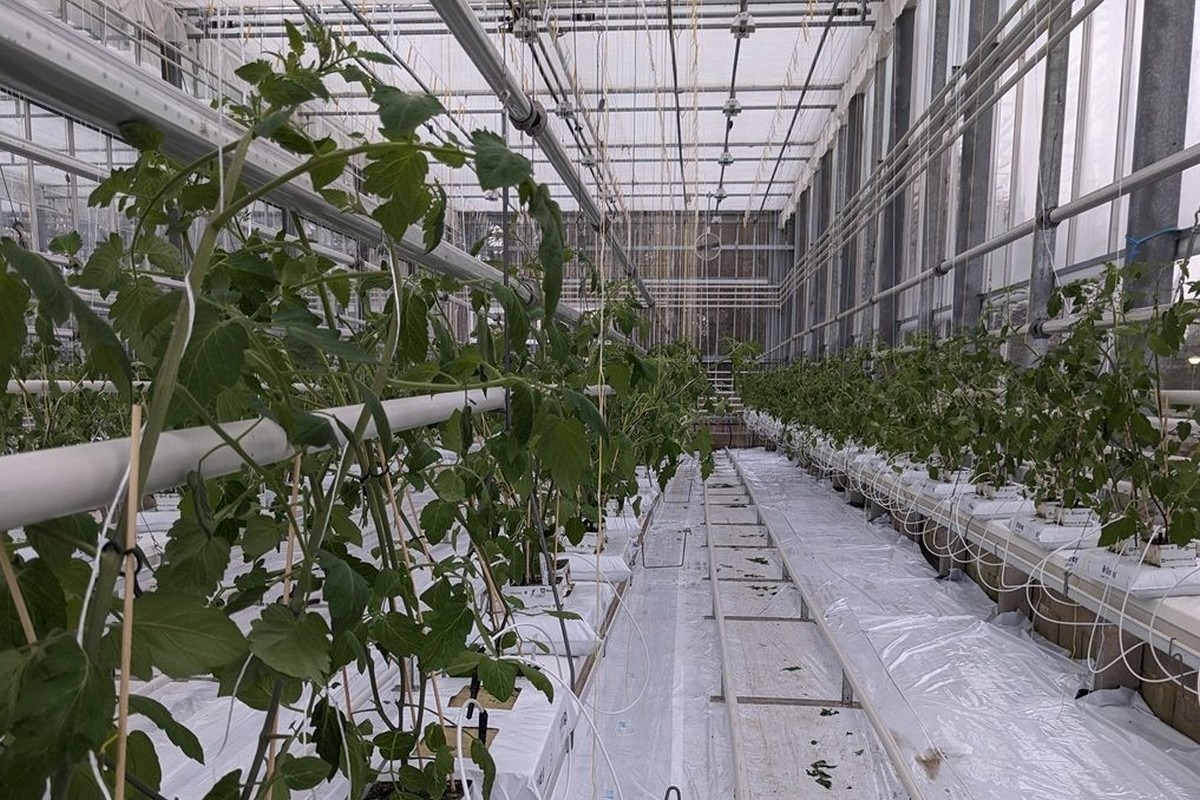
The first seeds have been sown for what is hoped to be another bumper crop of tomatoes at the UK’s first Centre of Excellence in glasshouse growing. Last week, horticulture students from Hadlow College planted the 2025 crop at the Thanet Earth Centre of Excellence at Hadlow College, a pioneering…
UK: Thanet Earth Centre of Excellence sees first seeds of 2025 sown Read More »
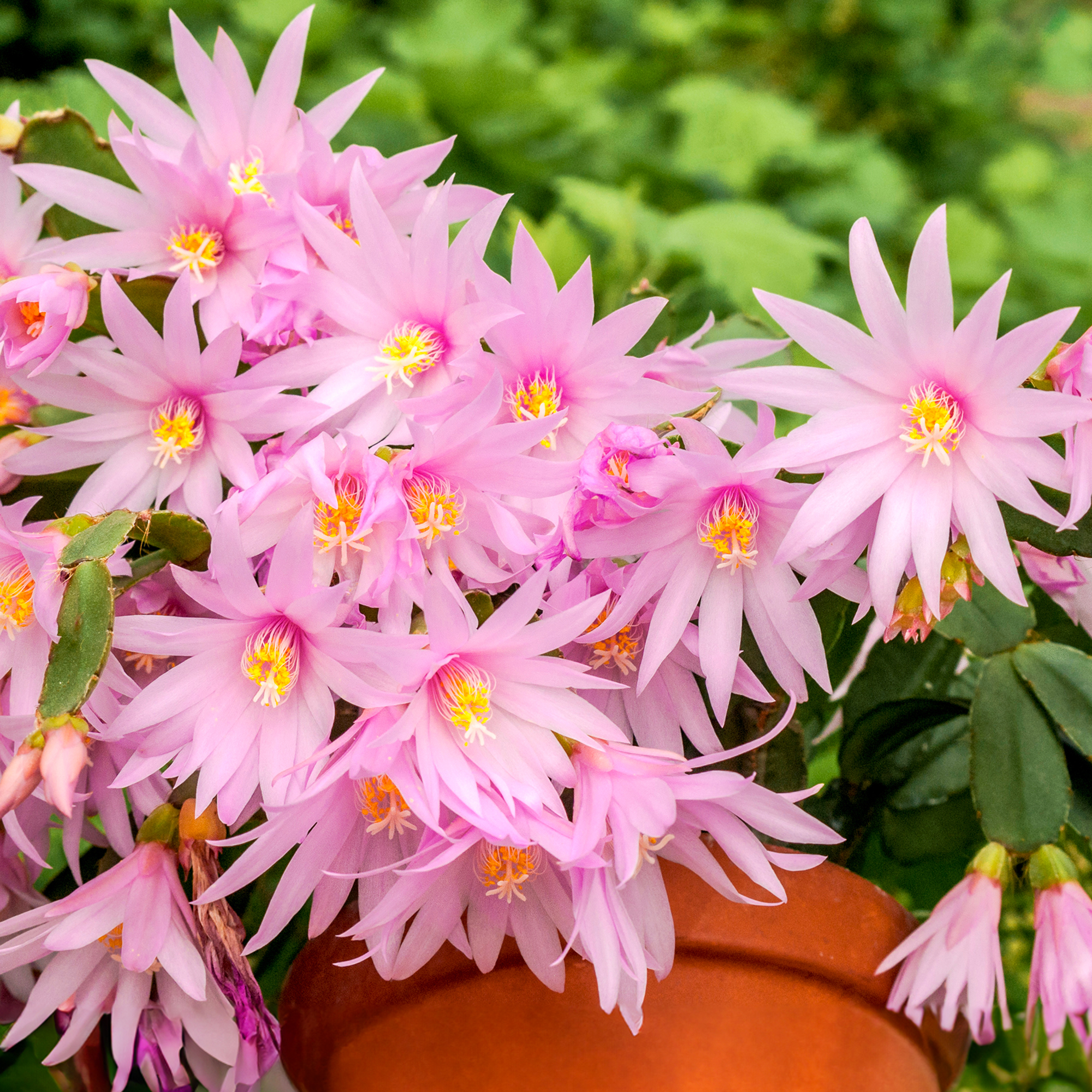
Discover the secrets to vibrant Easter cactus flowers and follow these key steps to ensure spectacular blooms just in time for spring.
How To Get An Easter Cactus To Bloom Every Year: Expert Tips For Stunning Spring Flowers Read More »
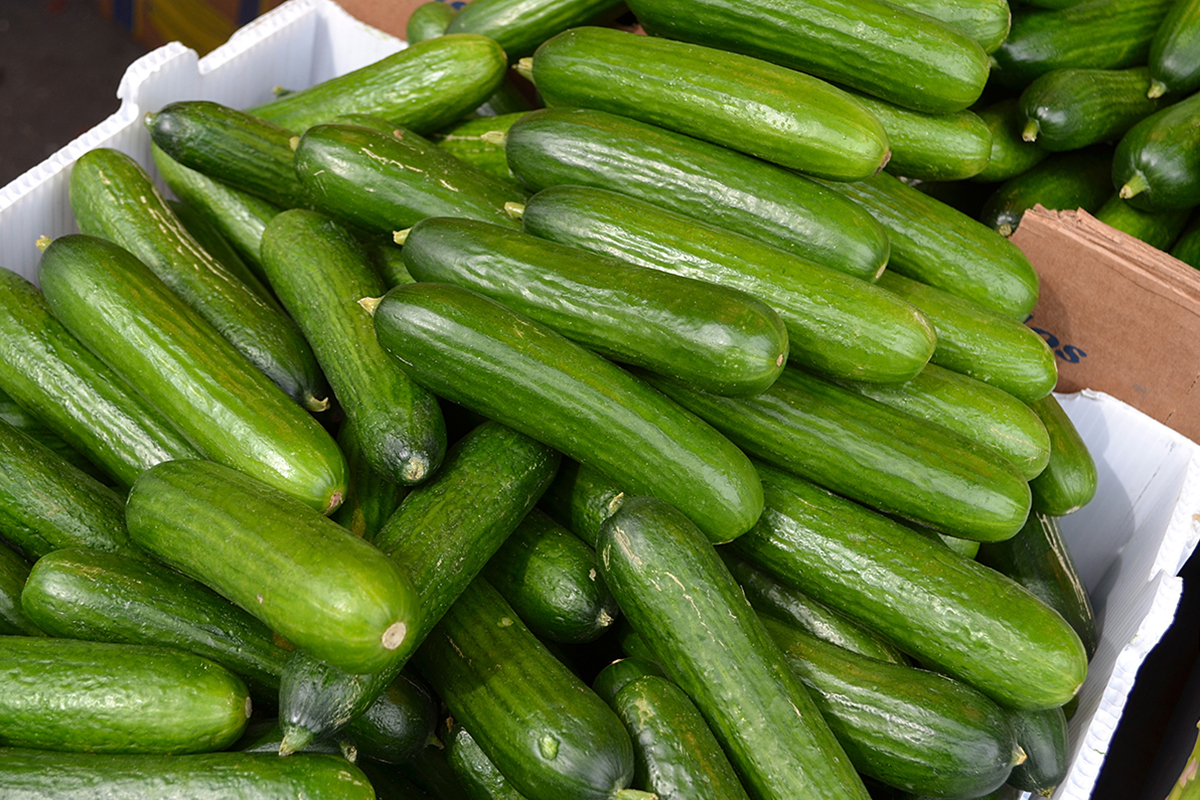
A shipment of Russian cucumbers was denied entry into the EU after border checks in Poland detected high levels of the insecticide pymetrozine, which is used to combat aphids and whiteflies, according to HortoInfo. The fresh cucumbers, intended for the European market, were transported through a…
Pesticides found in Russian cucumbers at Polish border Read More »
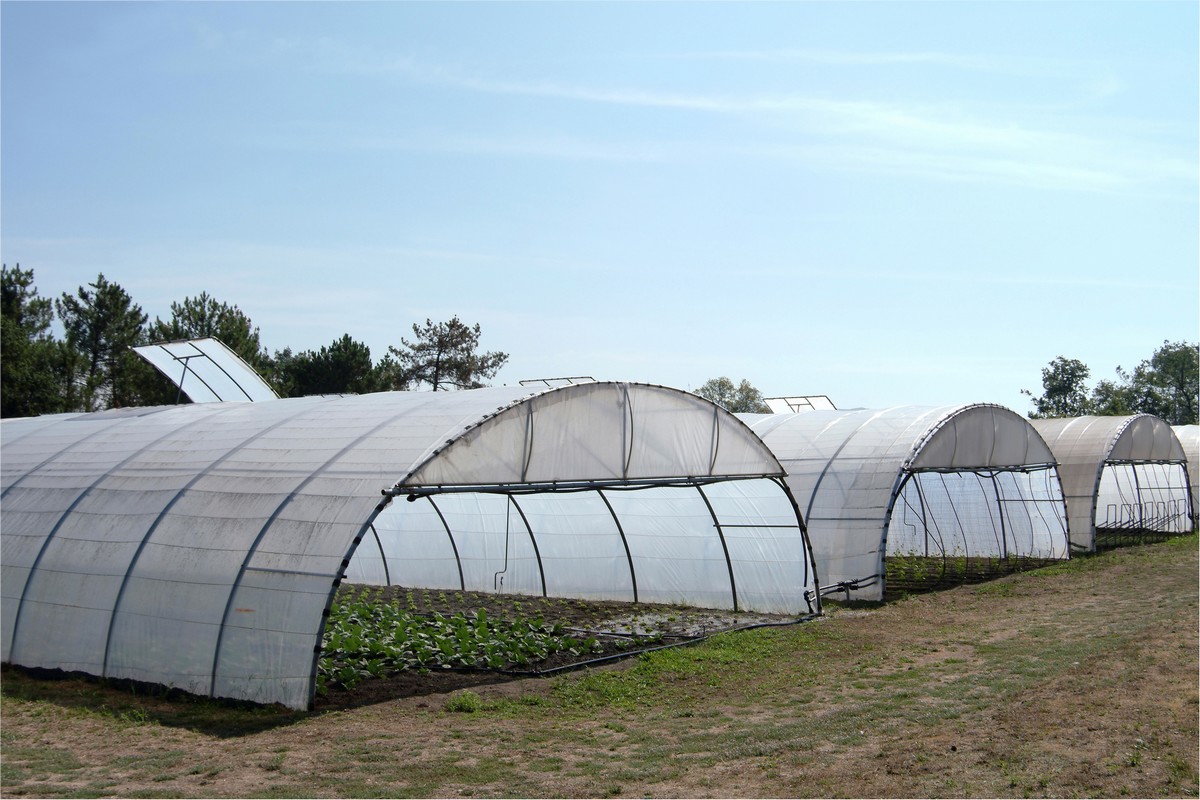
Sandhills Classical Christian School (SCCS) has steadily grown its footprint since landing at the school’s permanent campus in Whispering Pines in 2018. Thanks to junior Thomas Taylor and his Eagle Scout project, a new greenhouse and garden will serve students for the foreseeable future. Taylor’s project…
US (NC): School receives new greenhouse and garden to serve students Read More »
I’ve long been enamored with all the cool plants on the Instagram account . Since I knew they were based here in Portland I fired off a casual “can I come visit sometime?” message and (lucky me!), the dream came true. I got to meet the plantsperson behind that account, Steven, tour the greenhouse and touch all the plants! Steven shares this space with Cassandra () whom I did not get to meet. They used to own a local shop called which has unfortunately closed. The plant passion runs deep here…
Just inside the door and I was lusting after those curvy leaves. Steven says they’re two different forms of Ophioglossum pendulum, yes it’s a fern. The spiky business is Huperzia squarrosa (aka Phlegmariurus squarrosus).
The ruffled foliage looked a little like my crested Pyrrosia lingua but it’s actually Polypodium fallax.
Ceratostema villosa (aka Ceratostema loucianae)
At this point was having a hard time deciding what to focus on. The big picture? Or individual plants? Of course the individual plants won (with occasional pulled back shots).
I should also note that even though I’d never met Steven before, I instantly felt at ease with him. His plant knowledge was off the charts, but not in an intimidating way. He let me sort of pick my way through the greenhouse and ask questions of the plants I was curious about. I was there for a little over two hours and it felt more like 30 minutes. I can only hope Steven felt the same and wasn’t spending those two hours wondering when the crazy lady was going to finally leave…
Okay, moving on…
Another ant fern I think…
And another Huperzia species. I asked if this one had been resting on a shelf or something to get the flat-bottom effect but that’s just how it’s growing.
Hot! Am I right? Anthurium wendlingeri
I wanna call this a aglaomorpha, but it might also be a drynaria.
Another of those cool plants I’ve seen photos of, but never in real life; Selenicereus wittii. yes it’s a cactus.
“A very strange and unique species of epiphytic cacti from the seasonally flooded forests of the Amazon basin of Brazil. It clings tightly flat against the trunks for forest trees just at the high water mark of the seasonal flood. The segments of the stem are broad and flat and approximate two inches wide and four to six inches long. There are fine marginal spines in tufts. The flowers are fragrant and are borne on long peduncles and are about four inches in diameter and bright white, emerging only at night and fading by first light” (source)
Shortly after my visit , I was shocked how much was lost in translation, but that meant I wasn’t too upset when I looked at my photos and they didn’t do it justice. In person this was absolutely stunning, Monolena primuliflora…
Truth be told the bits left after the flowers fade might have been my favorite part.
Oh ya! Sexy begonia alert, Begonia paulensis.
Looks like a nice chunk of tree fern used as a mount. Lots of texture to grab hold of.
Maybe Lecanopteris lomarioides?
Microsorum punctatum ‘Dragon Whiskers’
I think this one may be Polypodium formosanum.
With textured fronds!
Super sexy…
This was interesting, the tag read Lemmaphyllum microphyllum, which I know as a little epiphytic fern with thick succulent leaves, yet these leaves were thin and more traditionally fern-like.
Microsorum thailandicum, aka blue oil fern.
Alocasia cuprea
Microgramma mauritiana ‘Laciniated’
And this final fuzzy fern is a mystery, if I remember correctly what had been growing in this container slowly disappeared, while this fern took over. It’s pretty cute…
Here’s Steven, posing with (I think) an Elaphoglossum metallicum. Meeting this guy and hanging out in his greenhouse was such a bright spot in an otherwise intense and overwhelming few weeks. Plant people are the best!
A private greenhouse full of exceptional plants (a tour) Read More »